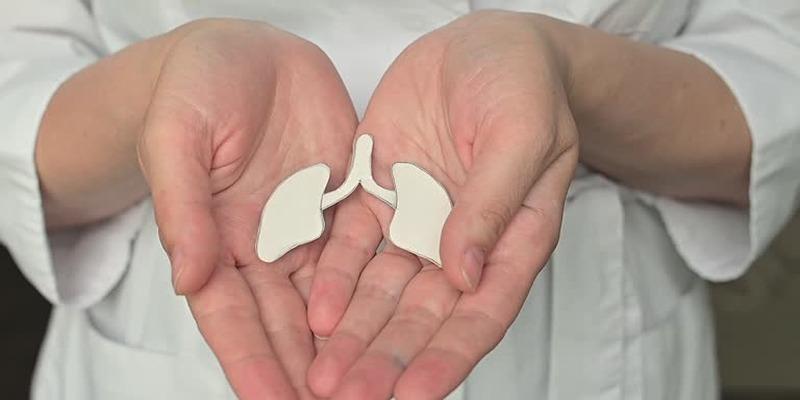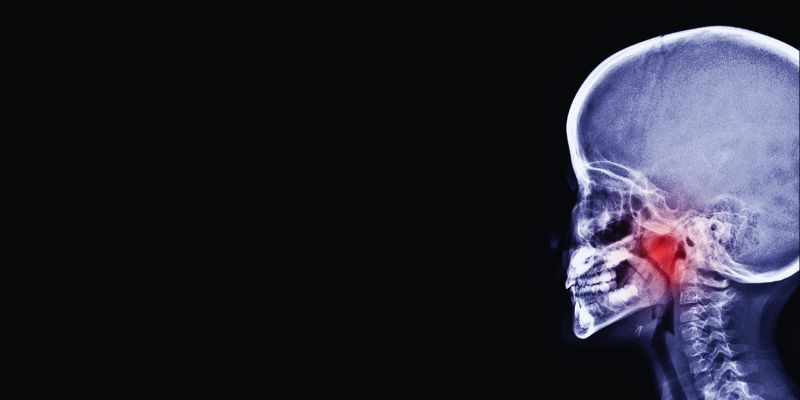Why Do We Have Spare Organs Like Kidneys, Eyes, and Ears?
The Human body is simply a Model of biological structure unique and well-designed successively in multilayer and full of redundancies for every given condition. There are numerous design aspects which characterize this phenomenon, but one of the most interesting topics is the concept of bilateral structures, including kidneys, eyes, and ears. That seems to be a good question, why do we possess such “extra” organs like these? The drives are essentially functional, developmental, medicosanitary, and even ethical. All these dimensions are discussed in detail in this article and highlight flexibility of the human body.
The Functionality of Paired Organs

By understanding their functionality, we can appreciate the elegant design of the human body.
Kidneys
The kidneys play a pivotal role in filtering blood, removing waste products, and regulating essential components such as electrolytes and water balance, all while maintaining homeostasis. Despite their paired nature, it is possible for humans to live with a single kidney without significant health detriment. This capability has critical implications for organ donation, where one healthy kidney can be donated to save the life of another.
The redundancy of kidneys ensures that even if one is damaged or removed, the body can adapt and maintain essential filtration processes. Nevertheless, living with one kidney requires certain lifestyle considerations, such as a healthy diet and careful monitoring to avoid overburdening the remaining kidney.
Eyes
Our eyes work together to provide binocular vision, which allows for depth perception, a crucial ability in activities ranging from driving to sports. Should one eye lose functionality, the other compensates, restoring sight albeit with some limitations in depth perception.
Interestingly, the brain adapts remarkably well in cases of monocular vision. Over time, individuals develop enhanced spatial awareness and cues from the environment to supplement the loss of one eye's contributions to vision.
Ears
Hearing and balance are managed by the ears, working together to interpret sound direction and maintain equilibrium. If one ear loses functionality, the other can still enable hearing, albeit with a reduced capacity to locate sounds spatially. Similarly, balance may experience temporary disruption but often recovers as the body adjusts to the change.
The pairing of ears provides redundancy critical to survival, particularly in environments where recognizing sound direction is vital for detecting danger. Furthermore, the remaining ear's ability to adapt highlights the body's dynamic capacity for compensation in the face of challenges.
Evolutionary Perspective
From an evolutionary standpoint, redundancy in paired organs offers a substantial survival advantage. Early humans, exposed to injuries, diseases, and environmental challenges, benefited from having a second organ to rely on when one failed. This redundancy ensured that essential functions like filtration, vision, and hearing could continue, even in adverse conditions.
The Adaptive Advantage
Paired organs provide a critical advantage by enhancing resilience against threats that could damage or impair single organs. This redundancy ensures that if one organ is injured or compromised, the other can continue to function, allowing the body to maintain essential processes.
For example, losing sight in one eye or hearing in one ear rarely leads to complete sensory loss, preserving the ability to navigate, detect danger, or communicate effectively. This adaptability is especially crucial in environments rich with predators, where the ability to partially function despite an injury could mean the difference between life and death.
Medical and Practical Implications
The evolutionary design of paired organs not only aids in survival but also has significant implications in modern medicine and everyday life. Understanding this concept helps us appreciate the body's innate resilience and the importance of maintaining organ health.
Organ Donation and Transplantation
The existence of paired organs has made organ donation a lifesaving medical practice. For instance, a living kidney donation can offer someone with renal failure a new lease on life. This possibility exemplifies the profound societal impact of spare organs, enabling medical advancements that save thousands of lives annually.
Similarly, paired functionality allows for contributions after death, such as corneal transplants that restore vision to the blind. These medical interventions highlight the practical benefits of paired organs beyond their intrinsic biological advantages.
Advances in Treatments and Prosthetics
The loss of one organ in a pair does not always have to be permanent or debilitating. Advances in medicine and technology have provided options for restoring lost functions, such as prosthetic eyes or cochlear implants for individuals with hearing loss. These innovations capitalize on our ability to function with partial rather than total sensory input.
Additionally, the adaptability of the human body to single-organ function informs rehabilitation and treatment approaches. Therapies designed to strengthen and support the remaining organ also demonstrate how redundancy facilitates recovery and long-term well-being.
Ethical and Cultural Considerations

These considerations influence decisions on donation, transplantation, and treatment approaches.
Perspectives on Organ Donation
The concept of utilizing "spare" organs for transplantation raises important ethical considerations. While many view living kidney donation as an altruistic and life-preserving act, it also sparks discussions on fair access to transplants, risks to donors, and societal encouragement of donation.
Culturally, perceptions of organ donation vary widely. Some societies celebrate it as an act of profound charity, while others wrestle with religious or moral objections to using "spare" organs for medical purposes. These diverse perspectives underscore the complex relationship between biology and societal values in this context.
Societal and Moral Views
The notion of spare organs has also influenced societal assumptions about bodily resilience. For example, the knowledge that humans can live with one kidney or one eye often leads to ethical dilemmas about donation under compulsion or coercion in some regions. Ensuring that such practices remain voluntary and well-regulated is essential for upholding ethical standards in medicine.
Additionally, cultural views surrounding the loss or impairment of paired organs — such as vision in one eye or hearing in one ear — often drive challenges for individuals in how they are perceived or supported in society. These considerations highlight the intricate interplay between biology, ethics, and culture.
Conclusion
The concept of "spare" organs reflects the remarkable adaptability of human biology but also raises profound ethical, societal, and cultural questions. Balancing the potential for life-saving medical innovations with respect for individual autonomy and cultural diversity is paramount. By fostering informed discussions and promoting equitable access to medical resources, society can address these dilemmas thoughtfully. Ensuring ethical practices and acknowledging the societal implications of organ donation and impairment allows us to better support individuals and communities alike.












